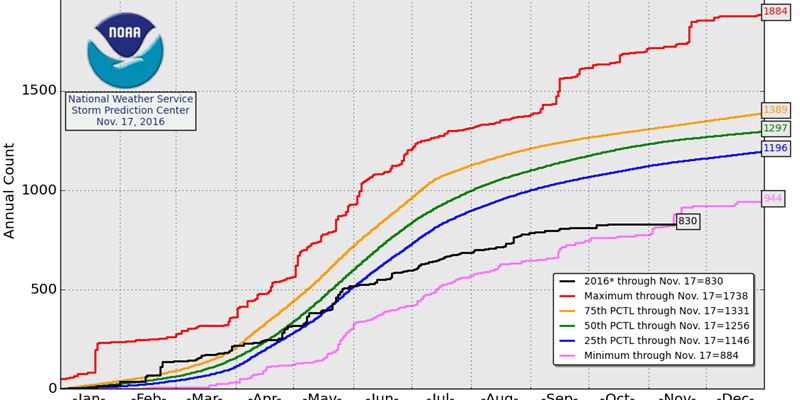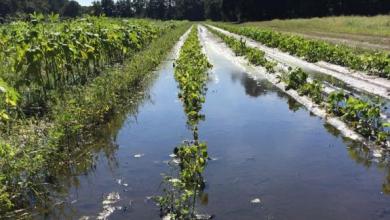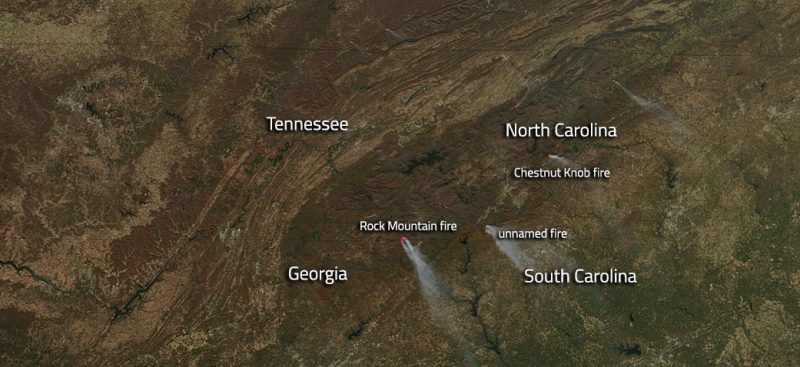Climate and Ag in the news
-

According to NOAA as reported in The Weather Whisperer at AgWeb here, 2016 had the lowest number of tornadoes on record at 830 as of November 17. The entire month of November had only one tornado as of November 23, according to the Capital Weather Gang here. A vigorous storm system that is moving through…
-

The Cloud Appreciation Society’s monthly cloud picture for November showed a mysterious ring in the cloud layer over Warwickshire, England. Where did it come from? You can read the detective story at EarthSky at https://earthsky.org/earth/mystery-cloud-appreciation-society-pretor-pinney-nov-2016. The Cloud Appreciation Society is a great place to look at other pictures of clouds too. You can visit them at https://www.cloudappreciationsociety.org.
-

Dr. Bob Kemerait of UGA has an insightful column in the Southeast Farm Press on how weather and climate make predicting crop performance difficult. This year has been particularly bad with flooding rain in some areas and severe drought in others. As Bob points out, “the most important factor that the grower can do little…
-

One of the more unusual stories this week was the report that respiratory distress linked to thunderstorms in Melbourne, Australia, caused thousands of asthma attacks and four deaths earlier this week. You can read more about it in the Capital Weather Gang here. The culprit was grass pollen which was concentrated ahead of the storm…
-

In place of Black Friday I am offering a White Friday instead. Here is a fantastic picture of a rare fogbow from Scotland which is making the rounds of my Facebook feed today. You can read about what makes a fogbow or white rainbow at Yahoo here. If that’s not enough of the white stuff,…
-

Wildfires are still raging across the Southeast. You can see a recent satellite picture at EarthSky at https://earthsky.org/earth/southeastern-us-wildfires-tennessee-northcarolina-southcarolina-georgia-nov2016. Some areas are so smoke-filled and potentially hazardous that people have been evacuated, for example in Rabun County GA according to WGAU here and the Atlanta Journal Constitution here. Eos.org reported this week on some research being done on…
-

While many parts of the Southeast are in very bad drought conditions, we are not the only place in the US that is being affected by drought. The drought in the Northeast, fortunately, seems to be waning as they go into the winter wet season. In northern California, El Niño rains last year put a…